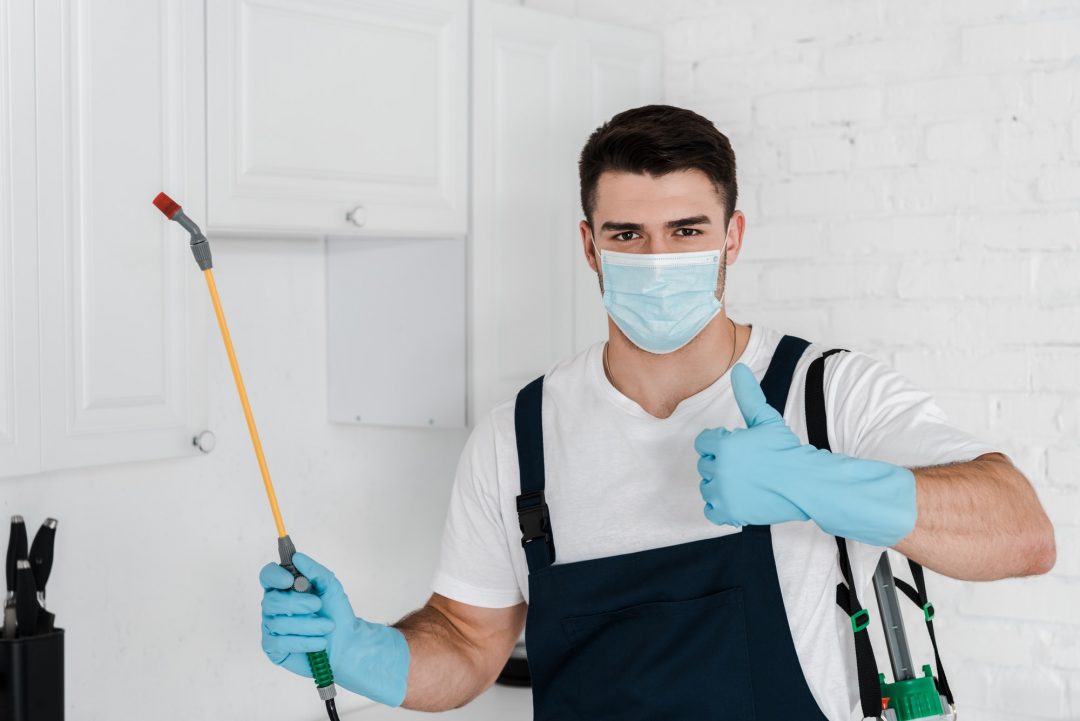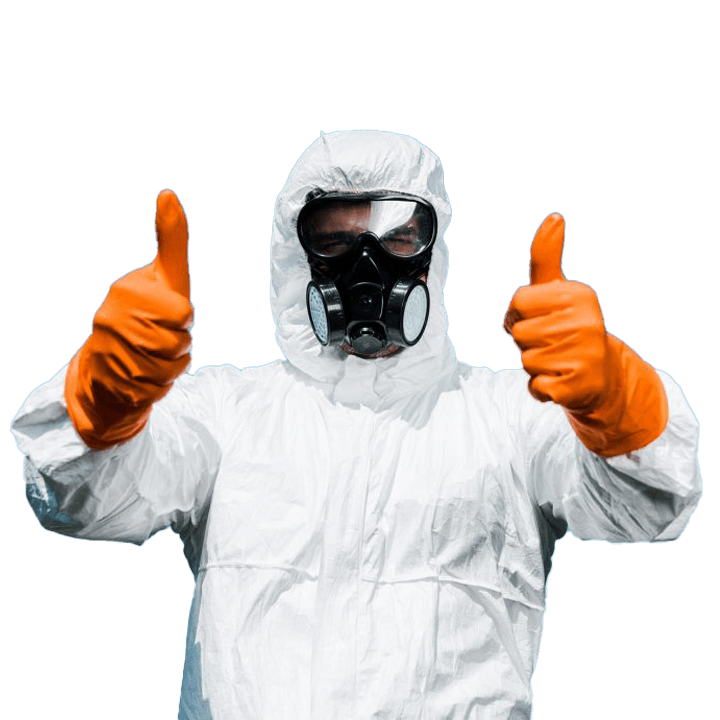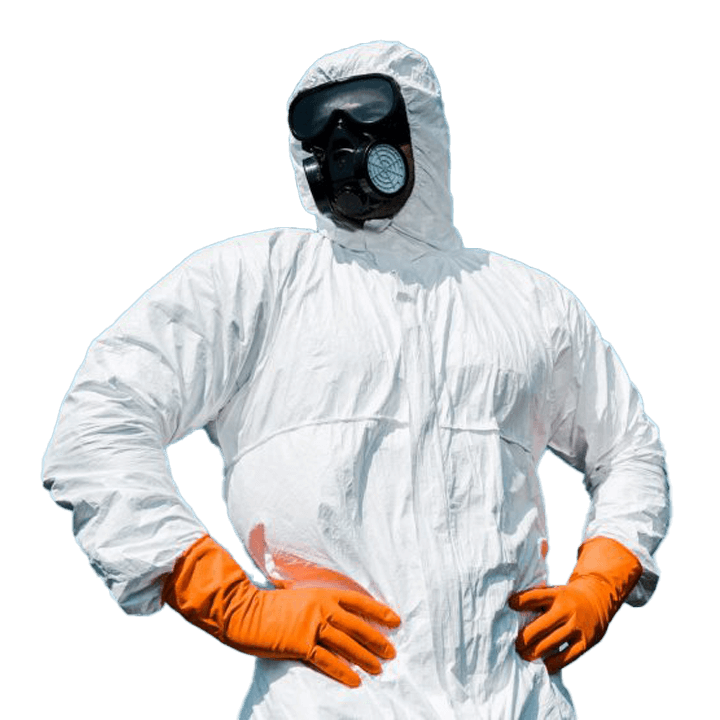- Hidden Mold In NYC | PrimeAire Mold Services
Hidden Mold
For more specific information regarding your personal mold testing questions and concerns, call PrimeAire to speak to a LIVE certified technician
Hidden Mold In NYC?
A Mold Inspection can reveal hidden mold conditions. The worst mold is the mold you don’t see, lurking under carpets, spreading unnoticed inside walls and deep inside heating and air conditioning vents.
“I don’t SEE any mold!”
Half of the people who call us don’t see any visible mold in their home or office, but they have a reason to suspect a mold problem. Unfortunately, not all mold problems are as obvious as we would like them to be. In fact, the most costly mold related repairs are caused by mold that no one knew was there.
More Than What Meets the Eye
Unnoticed, mold can rapidly spread exponentially inside walls, under floors, above ceilings and deep into heating and air conditioning vents. By the time hidden mold is detected, it can cause thousands of dollars in property damage.
If you suspect you have a mold problem, don’t wait until you can visually see it. If you smell musty odors or become aware that your property has experienced a flood or plumbing leak in the past, it is a good idea to have a professional mold inspection performed. Prompt action can mean the difference between a repair project costing a few dollars or several thousands of dollars.
- Mold Testing & Inspection of Surfaces - Air
- Leak Detection and Moisture Testing
- Infrared Inspection & Survey / Infrared Thermal Imaging Assessment
- Mold Assessment, Mold Mitigation and Consulting
- Removal and Remediation
- Water Damage Assessment and Mitigation
- Laboratory Analysis of Mold Samples Taken
- Complete Review of Findings and Laboratory Results
- Recommendations for Mold Removal / Remediation ( If necessary )
Call PrimeAire Mold Services to speak to a Live Certified Mold Professional today.
Mold often grows behind walls and inside ceiling and floor cavities long before it is ever detected. By the time you start smelling an unpleasant odor, rest assured mold has been growing somewhere for some time and every day is growing more. If you suspect you have mold growing indoors, the time to act is sooner rather than later.

Testimonial
Here’s what our customers say
Giving the fresh air back to the household



PrimeAire Mold Services
Hidden Mold
In this example, the homeowner knew “something” was wrong long before consulting an inspector. They had been sopping up water from the carpet for several months and noticed the smell of mold getting stronger as time passed. By not acting promptly, the water damage and mold growth became significant.
Be Pro-Active
Most of us already have two effective mold detectors – our eyes and our nose. Like the old adage goes, “If it smells like mold, it’s probably mold!” And any time an unexplained discoloration appears on a surface, especially if the location is or was damp, it is almost certainly mold. You may not know what type it is or how extensive the problem may be, but you know you have a mold problem, and it won’t just go away by itself.
In addition to seeing and smelling mold, there are other waning signs of an indoor mold problem. For example, you might have mold growing in your house:
• If you find yourself clearing your throat a lot, getting unexplained headaches, eye and nose irritations, or having cold or flu-like symptoms.
• If you find yourself having pet-like allergies but you don’t have a pet.
• If you feel sick in a particular location (e.g., home or work) but not sick after you leave that location.
• If you suspect you have a mold problem but you’re not sure, contact PrimeAire today. A qualified specialist will listen to your concerns and help determine whether or not mold might be a factor.
The main objective is to be pro-active. The most dangerous mold is the mold you don’t see. Hidden mold can create significant damage to your property and risks to your health long before you know it’s there.
More Hidden Molds Examples:
* Moldy air duct
*Contaminated fibrous insulation inside air handler cover
A persistent small trace of mold in the grout was a symptom of a much larger mold behind the tub and shower tiles.
Pictures and plaques on walls that back up to bathrooms or exterior walls provide a good environment for mold growth.
Wall paper and decorative stickers are favorites of mold. If you see bubbles, dark stains or lifting, look closer.
Exterior walls absorb moisture from sprinklers, rain and standing water causing high moisture retention in wall caviti
Why Choose Us
Mold Inspection Testing & Equipment
- Air and moisture tests
- Swab sample
- Surface sampling
- Dust sampling
- Tape lift sampling
- Inner wall checks
- Laser particle counters
- Hyrometers
- Optic borescopes
- Leak detection
- Thermal imaging(infrared)
We work with the most skilled, equipped and accredited labs. Analytical accuracy and fast turnaround is our top priority. All mold & toxic mold tests and samples are sent to an accredited laboratory to perform an analysis and most results are available to the client within 48–72 hours.
Primary Objectives of Mold Sampling
- Confirm or rule out the probability that mold is originating from a suspect condition indoors
- Assess the potential for property damage caused by mold without invasive procedures
- Assess the potential negative impact of mold on indoor air quality
Goals of Our Mold Investigation
- Determine if there is a mold or toxic mold infestation problem
- Determine the cause of the mold or toxic mold infestation problem
- Determine the extent of the mold or toxic mold infestation problem
Types of Mold Testing Include
- Air Testing using Air Cassettes
- Wall Check Cassettes
- Carpet Check Cassettes
- Bulk, Swab & Wipe Samples
- Tape Lift Samples
- Clearance Testing
Mold Testing Involves Collecting Samples
- Identify the type of mold present
- Quantify the level of mold present
3 Most Common Types of Samples Used in a Mold Inspection
- Surface samples (testing mold growth on surfaces)
- Air samples (testing airborne mold spores)
- Dust samples (mold DNA analysis)
Hidden Mold in NYC | PrimeAire Mold Services
We use safe and environmentally friendly measures.
Our Mold Inspection Reports are our pride, digital, organized, easy to read and very well documented providing pertinent Mold Removal guidelines.
The following are some of the potential property conditions which warrant a professional mold inspection:

Frequent Condensation on Window
Consequences: Moisture seeps past window frame and into wall cavity causing water damage and mold growth inside wall.
Surface Mold On Window Sill
Consequences: Moisture seeps past window frame and into wall cavity causing water damage and mold growth inside wall.
Surface Mold Inside Window
Consequences: Moisture seeps past window frame and into wall cavity causing water damage and mold growth inside wall.
Bathtub/Shower Mold
Consequences: Mold comes back with a few days after cleaning, severe water damage, degradation of construction materials, and mold growth inside wall cavities.
Mold, Dry Rot, Water Damage on Eaves
Consequences: Severe water damage, degradation of construction materials, and water damage and mold growth spreading under shingles, onto sub-roof materials.
Roof Leak
Consequences: Water damage and mold growth spreading under shingles, eventual on attic and interior construction materials.
Over-Exposure to Water on Stucco
Consequences: Water damage and mold growth on stucco and inner-wall materials and interior walls of the structure.
Common Questions
Frequently Asked Questions
For detailed information or to request a quote, Call PrimeAire Mold Services at 1-877-307-5166 to speak to a Live Certified Mold Professional today.
Mold is a simple organism found everywhere, indoors and outdoors. Mold spores are microscopic (tiny and lightweight) and travel through the air we breathe. Airborne mold spores in large numbers are a known allergen that can cause allergic reactions, asthma episodes, infections, and other respiratory problems for people, especially children and elderly individuals.
Molds can be a major source of building sickness but not the only potential cause. Other issues can cause building sickness.
People living in or working in dwellings with building sickness have symptoms similar to a mild case of influenza (the flu) with the signs and symptoms disappearing within a few hours of leaving the building. Headaches, fatigue, and respiratory problems can also be experienced by people exposed to sick buildings.
Mold will grow in an environment that is warm, moist and unventilated. Once airborne, mold spores can be spread throughout your structure via the air duct system.
Mold can grow within areas of the house / building that you do not see. Wherever there is exposure to water and a mold "food source" such as cellulose (a component of wallboard), mold can grow. Areas such as the interiors of walls, showers and bathrooms, crawl spaces, attics, drywall tape, cracked plasterboard and dampened carpets are a few discovery areas for mold exposure.
New building methods make buildings better insulated and thus more likely to retain molds within the structure. Buildings are more airtight and any unventilated moisture that gets inside stays trapped inside, allowing mold to grow and spread rapidly.
Molds will grow any time the environment is favorable. Molds can be introduced into the house / structure when the building is under construction or after completion through events such as water damage from leaky pipes, roof leaks, sink, tub, or toilet overflows, cracks in the sealant around tubs /showers and use of inadequate materials during construction. There are documented cases demonstrating the damage caused by contractors allowing building materials to become wet during construction.
See examples of recent mold damage coverage: Forbes magazine: "The Fungus That Ate Sacramento;" CBS News: "Black Mold - Creeping Destruction;" CBS News/ 48 Hours: "Brockovich Takes on a New Foe: Mold;" CBS News/48 Hours: "An Insidious Mold."
In the past, insurance companies have covered mold repairs, but this is changing. Due to litigation and expensive repairs that can be incurred, insurance companies are now starting to consider mold issues a "maintenance issue" even if it costs thousands of dollars to repair/replace walls, etc. Please consult your insurance policy to see if you are covered.
It is possible to clean up visible (surface) mold with a solution of water and bleach, but precautions should be taken. For specific instructions, please refer to FEMA. Mold that is not visible however may require professional remediation.
By eliminating all of the mold that you can see, you may help your situation. However, this may not be the final solution since contamination may be originating from sources such as carpets, the inside of walls, air ducts, crawl spaces and sources outside of your home or building.
